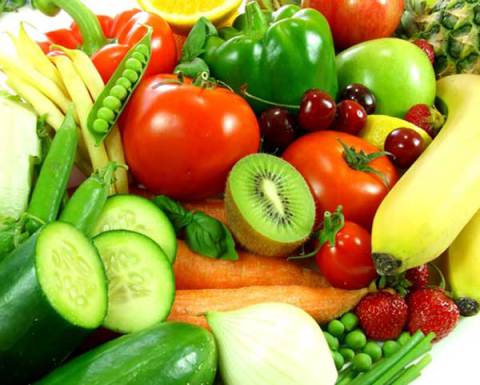 By now, my “progressive modern” philosophy of eating and cooking primarily plant based has an unshakable foundation. This way of life is deep and ever evolving, eco friendly, proven to cure and prevent disease etc etc. What’s distracting to most people I come across is all the he said she said of fad diets, cruelty free scare them with this, strictly raw that, high carb to no carb. I really like to keep things simple and also an open mind to not only my own body’s ability to change but the complex genetic make up and needs of those I am feeding and educating.
By now, my “progressive modern” philosophy of eating and cooking primarily plant based has an unshakable foundation. This way of life is deep and ever evolving, eco friendly, proven to cure and prevent disease etc etc. What’s distracting to most people I come across is all the he said she said of fad diets, cruelty free scare them with this, strictly raw that, high carb to no carb. I really like to keep things simple and also an open mind to not only my own body’s ability to change but the complex genetic make up and needs of those I am feeding and educating.
Example: I hear of people like Derek Nance of Kentucky. After years of being sick, he came to the conclusion that its only raw meat that he can eat without pain. Just one good example that we are not all made exactly the same. Who am I to tell people what their bodies need?
For me, it’s not about “my way of doing it is better than yours.” There are many reasons I choose to live this lifestyle and none of them have to do with the above mentioned “distractions.”After having many health issues my whole life including terrible gastro problems, I became open to try something I hadn’t before and take a look at how I was feeding not only myself but my guests. Through some meditation and fasting I have become conscious of my own body and well being and for me, I truly feel best when I eat a primarily plant based diet. 
In my career, as a chef, I hold a position next to chefs of all levels playing a strong role in the way people eat and think about food. I feel with the statistics around obesity and diet related disease, the scandalous food production industry of today and the deteriorating environment and nation as a whole, that it is my obligation to step up. Looking the other way and ignoring these things as a selfish slob is not an option.
It is just a matter of one conscious, proactive choice over the detrimental, mainstream other. This proactive choice trickles down to all those around you and ultimately contributes to the solution of bettering the health of all those you feed and saves the environment. (Not to mention the millions that would be saved if not for the health cost of diet related disease)
I really, really love my family, especially the innocent kids around me that tell me they love me and bring so much joy to my life. I love them so much that I am thinking into their future and what kind of rude awakening they could be in for and what I can do to change that. I eat this way and I cook this way because I love kids (most kids anyway lol).
We only get one chance in this incarnation to make an impression on those around us, to leave a lasting memory with those that will follow us and most of all the earth that set us up with an abundance of food and resources to use as we may.
My message is this:
- Do some research if you don’t know how our eating habits have effected our health negatively worldwide
- Look at where all of this disease and pain started with packaging processed foods to replace whole foods.
- Don’t be distracted by fad diets or scare tactics
- Get back to nourishing our body the way it was intended to be.
- Be aware that the food industry is a business that runs off of consumers, repeat customers that buy their products. Just like any business except the health of the consumer is not part of the business plan.
Our bodies have not evolved to digest the processed foods we are feeding it. Maybe it will someday but as of now our bodies are functioning the same way they did when we were hunting and gathering. People are getting sick, very sick and it’s all because they are making a decision to eat one “food like product” over whole foods.
Share the message of eating whole foods. Rest easy knowing that when you leave this planet, you were not selfish. Instead you were considerate of the lives of those that had to depend on whatever resources you left for them to survive on.















You must be logged in to post a comment.